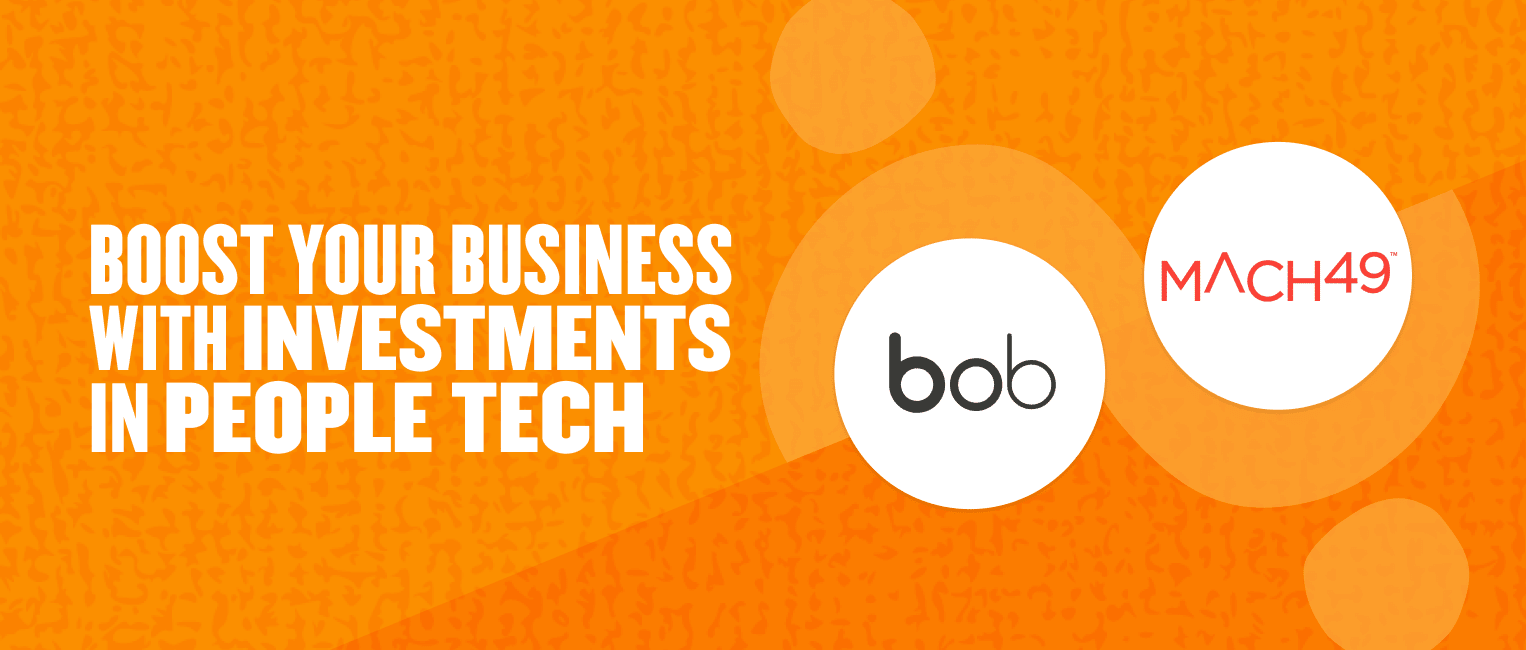Today’s economic landscape is forcing businesses to navigate a unique and complex set of circumstances. On one hand, the labor market is buoyant. On the other, the threat of a looming recession is palpable and, for many organizations, imminent. This mixed-economy scenario presents a paradox that can be challenging for businesses. However, it also offers an opportunity for strategic investment in people and HR technology to help organizations improve efficiency and employee satisfaction and engagement.
Over the last few years, I’ve served as the CPO for multiple small startups. One of the first steps I take whenever I join a company is implementing a Human Resources Information System (HRIS). It’s true that tech doesn’t solve everything. But once a company crosses the 100-employee mark, using Excel spreadsheets and manual processes just don’t cut it anymore. Providing your people with an exceptional employee experience while providing the business with accurate people data is almost impossible without the help of HR tech.
When I joined Mach49, a global growth incubator for the Fortune 1000, the company was on a multi-year growth tear, tripling its size in just three years. But, with everyone’s energy focused on rapid growth, we needed more time to decide on an HRIS. When I joined the company, the people operations team was stretched thin, managing data for over 200 people across five countries using AirTable.
The search for a “Goldilocks” HR tech solution
When I joined the company, getting an HR system in place fast was my number one priority, and I quickly kicked off the team’s evaluation process. I’ve worked with many well-known HRIS and HCM solutions over the course of my career in HR.
But at Mach49, we needed a Goldilocks solution that was flexible and complex enough for our growing team in a very matrixed professional services company. I also knew we needed a solution that was simple enough to implement without having to rely on consultants.
We needed a new system that satisfied a specific, yet evolving, set of business requirements. I looked for a system that would:
- Help us scale the company and the People Ops team
- Allow our small HR team to do higher-value work (and not burn out in the crush)
- Connect our growing and global organization
- Enable us to show our people that they matter by making an investment in a platform designed to support them
- Give executive leadership visibility into people processes, strategies, and progress so they don’t fly blind as they carefully juggle growth and execution, enabling our company to scale
The business value of a people-centric and flexible HR tech solution
At the heart of any organization are its people. The strength, resilience, and adaptability of a workforce can determine an organization’s ability to weather economic ups and downs. Investing in employees is not just about increasing wages or improving working conditions, it also involves empowering them with the right tools and technology so they feel supported to tackle the world’s most significant challenges.
Recognizing our people as our greatest asset, we were and are committed to improving efficiency, boosting engagement, and fostering meaningful connections across our organization. I also knew that we had reached a size where our leaders didn’t have visibility to new team members, who we were hiring and how we were doing in retaining team members. We needed an HR solution that would help us put people at the center of our business strategy.
But, in the middle of our decision-making process, the economy started to wobble, and all the news seemed to talk about was recession. I double-checked with our CEO and asked if we should wait on making a decision about a new HCM. We discussed it and reached the same conclusion: “We can’t afford not to invest in HR technology.”
I was happy to discover a new solution on the market I was unfamiliar with. It satisfied each of our current needs and had the flexibility to scale and enable the company to pivot fast to meet our quickly evolving needs. That solution was Bob.
How Bob was key to paving our path to success
Since integrating Bob into our organization in June, it has helped us achieve and get closer to achieving many of our top HR goals:
Streamlined HR processes: Bob’s automation capabilities have significantly reduced manual tasks related to onboarding new team members and maintaining data, with initial estimates showing a 30 percent reduction in the amount of the time these tasks will take. This now allows our People Ops team to focus on strategic initiatives and employee engagement—enabling our organization to improve efficiency and scale.
Enhanced employee experience: With Bob’s user-friendly interface and self-service options, employees can efficiently access and manage their personal contact information and job details, plan and request vacation time, and view the organizational chart and public information about colleagues.
Improved talent management: Bob’s robust features including, career development tracking and self-ID capabilities have given us a path to make more data-driven people decisions, identifying high-performing team members and offering targeted career development opportunities for them.
Boosted employee engagement and retention: By leveraging Bob’s peer engagement features such as giving our colleagues Kudos to celebrate and recognize their performance or inviting our team members to participate in a survey to share their insights and experiences, we’ve strengthened our connection with the workforce, leading to increased employee feedback, and plans to reduce turnover.
In addition, Bob has allowed us to shift away from a very manual annual performance management approach to an ongoing check-in approach built on peer feedback and promote a culture of continuous learning and development. We’ve seen Bob help us improve our company culture by giving us the tools to cultivate a more engaged, motivated workforce—which is crucial in today’s competitive labor market.
Connectivity and collaboration: Bob’s social features, such as Shoutouts and Kudos, have strengthened the community across our multinational organization. By facilitating communication and collaboration, Bob is helping teams stay connected and engaged with each other, even in our remote work environment.
Data-driven insights: Leveraging Bob’s powerful analytics capabilities, we now have invaluable insights into essential people data from the very simple (how many employees do we have?) to the more complex (what is our promotion rate?). These data-driven insights serve as a foundation for informed decision-making, enabling the business to adapt proactively to labor market changes and anticipate potential challenges. With Bob’s assistance, we are beginning to identify actionable improvements for our HR processes, backed by quantifiable data that bolsters our people operations—empowering us to foster a more productive and engaged workforce.
Recommended For Further Reading
HR tech is key to thriving in mixed economic climates
In the face of today’s mixed economy, it’s more important than ever for businesses everywhere to invest in their people and in technology. Bob provides a compelling case for this strategic investment. It not only makes HR processes more efficient but also fosters a more connected and engaged workforce, ultimately helping us cut costs, boost productivity, and increase our bottom line.
By leveraging HR technology like Bob, we feel better prepared to navigate through economic uncertainties with greater confidence and resilience, while still unlocking the true potential of our talented team. The future of work is here, and it’s digital, flexible, and human-centric. Are you ready to embrace it?

From Kim Chaumillon
Kim considers herself a reformed HR leader who spent the first half of her career doing “best practice” HR and the second half implementing “next practice” HR. When she’s not ear-deep in the latest podcast about new HR or business ideas, she’s plotting the next international trip or has gone down the rabbit hole of Facebook/TikTok recipe videos.

